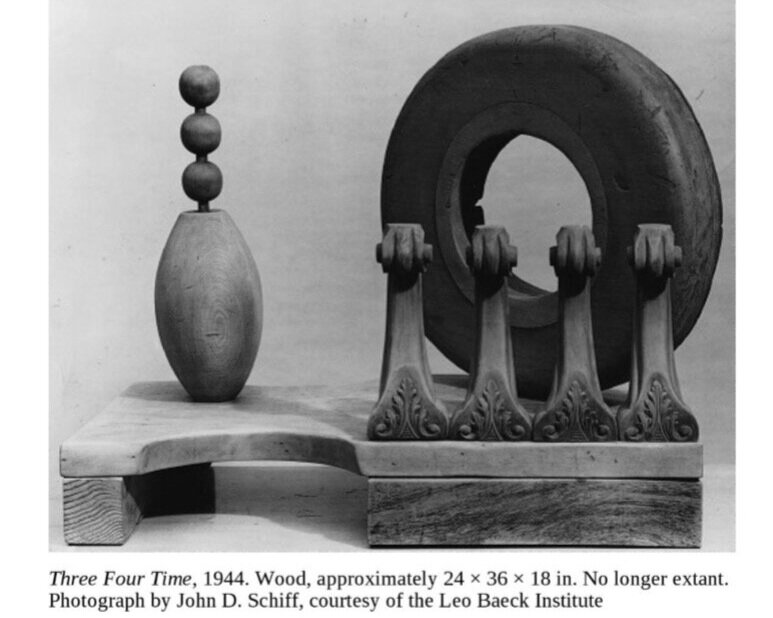Louise Nevelson: Light and Shadow by Laurie Wilson
Louise Nevelson: Light and Shadow is a 2016 biography of the artist by Laurie Wilson. It’s a comprehensive, detailed overview of Nevelson’s life and approaches to art and is a great read.
From a young age, Nevelson was always making art but a combination of factors kept her on the margins of the art world until her late 50s, when she began to show in New York City and then, around the world. In her 60s and 70s, Nevelson became one of the most prominent sculptors in the world, working with installations, public art, and making numerous museum and solo gallery shows with her sculptural works.
It’s an inspiring story, and one that probably rings true to most artists in both the joy of art making but also the struggles to forge an artistic life and create your own path.
Below are a few excerpts from the book, with words by Wilson and quotes from Nevelson. The book is available in hardcover or digital editions.
Nevelson on making art:
“I’d rather work twenty-four hours a day in my studio … than do anything I know. Because this is living. It’s like pure water…. The essence of living is in doing, and in doing, I have made my world, and it’s a much better world than I ever saw outside.”
Sculpture is like a person…
One of Nevelson’s observations about this work could describe her aim as an artist: “I tell people who ask, that I don’t use wood; I don’t use black; I don’t make sculpture. If the sum of this wall doesn’t transcend wood and black and making something, then I’ve failed. Sculpture is like a person, who adds up to a lot more than a few cents worth of chemicals. I’m trying to communicate. Not to make something.” For Nevelson, this went beyond a statement about art; she was trying to articulate what she knew about the human condition: We are all alike and we are all different. And she saw her mission as expressing these contradictory truths, not in so many words, but through the formal decisions she made in her art.
On terra cotta clay, and approaches to different mediums.
Nevelson claimed that she worked on stone only when she was “a little exhausted creatively.” When she felt in full power, she preferred terra-cotta because “it gives flight and does not retard or restrict … the quick response of the clay to each idea; it permits a simplicity of approach.
…
It seems Nevelson was repeatedly driven to create new formats and new versions, when she approached a familiar medium, as though the tried-and-true was never quite so satisfying as what had yet to be attempted or seen.
From the book: a 1944 experiment with found wood and a tire.
On sexism in the arts:
When asked if men treated her as an equal, Nevelson was quick to answer. “Originally, no—at 70 years, yes.”
“When I first started, nobody took me seriously. In the galleries—a woman! I’d look in the mirror and see the gestures they made behind my back. Meshugganah! A woman wanting to be a sculptor. A man sculptor said to me, ‘Louise, you don’t want to be a sculptor. To be a sculptor, you’ve got to have balls.’ ‘I’ve got balls,’ I said. But it hurt inside.”
Ferocious Bull, 1942. Another sculptural experiment that was lost.
If you can walk…
Jean Lipman, who had written Nevelson’s World a few years earlier, recalled a moment when Charles Kuralt asked Nevelson toward the end of the TV interview how, at age eighty, she could possibly maintain the energy and quality of the work that had made her famous. Nevelson paused for a full minute and said: “Look, Dear, if you can walk, you can dance.”
Louise Nevelson: Light and Shadow
512 pages, 2016, by Laurie Wilson.































